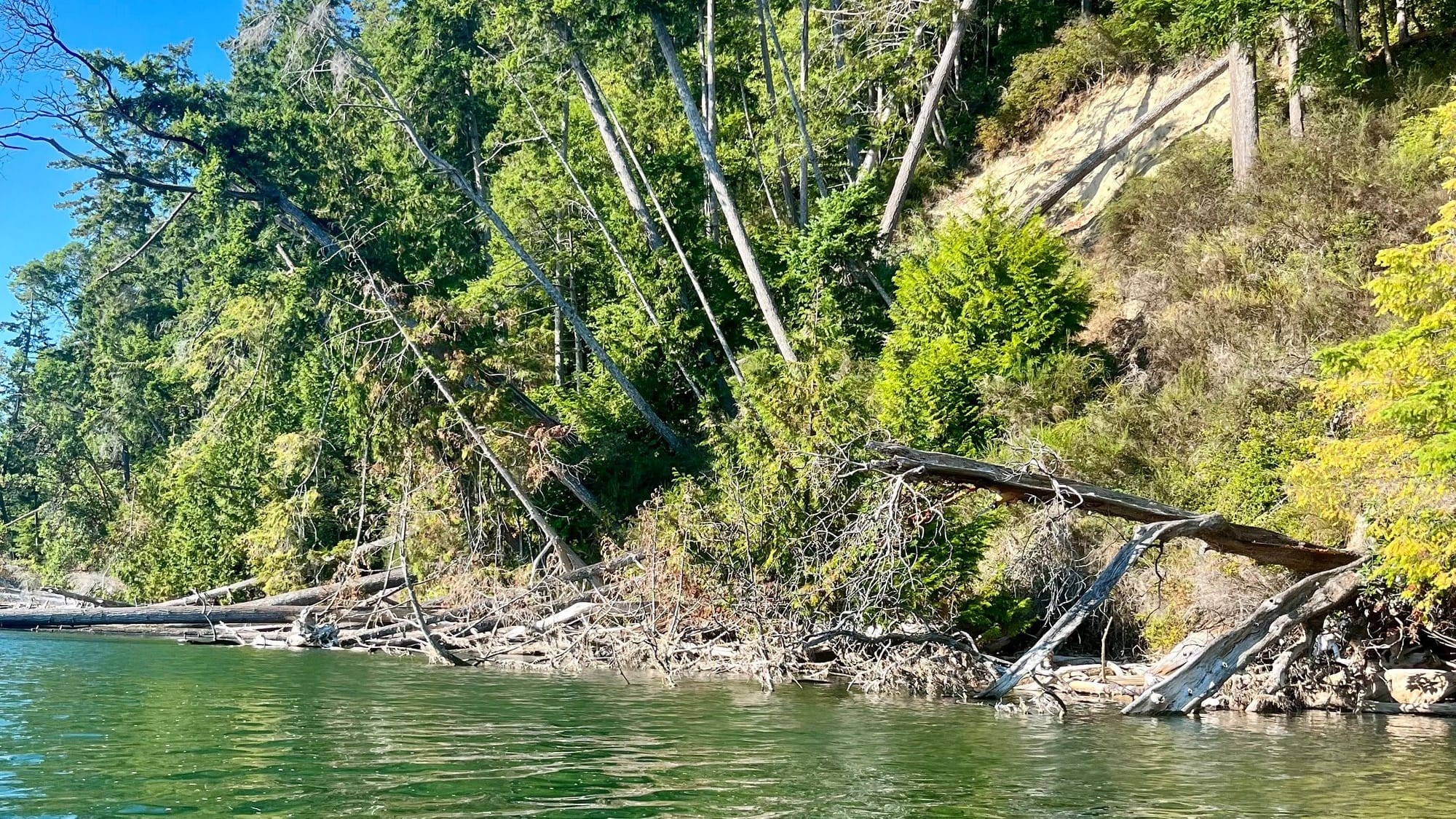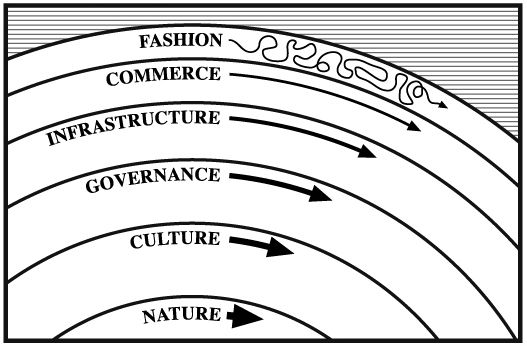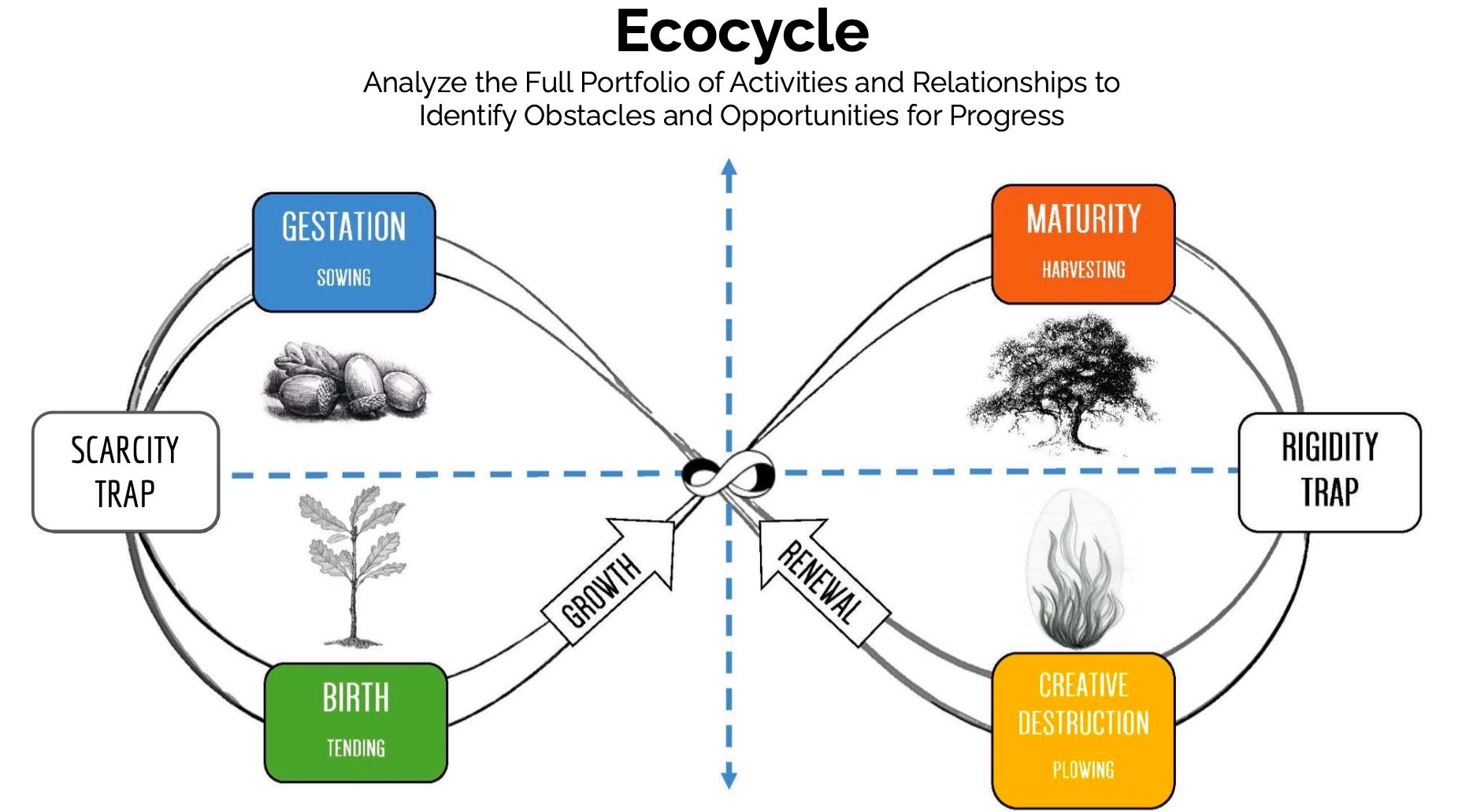The original tagline for this site and newsletter was ‘continuous improvement in a world that’s one damn thing after another.’ Today let’s revisit that last bit. What does it mean for a world to be one damn thing after another? And what does this have to do with the potential for continuous improvement, or the possibility of provision?
Something fishy
In 1995 fisheries scientist Daniel Pauly (by this time 20 years into his career and already a prolific author) wrote a one-pager published on the back page of an obscure biology journal.
This was the location of one of the biggest, gloomiest ideas going. Pauly described a ‘shifting baseline syndrome’ affecting his profession:
This syndrome has arisen because each generation of fisheries scientists accepts as a baseline the stock size and species composition that occurred at the beginning of their careers, and uses this to evaluate changes. When the next generation starts its career, the stocks have further declined, but it is the stocks at that time that serve as a new baseline. The result obviously is a gradual shift of the baseline, a gradual accommodation of the creeping disappearance of resource species, and inappropriate reference points for evaluating economic losses resulting from overfishing, or for identifying targets for rehabilitation measures.
Pauly viewed this as a generational ‘shift’ to be countered with careful data collection and analysis. These countermeasures would occupy much of his time and publication schedule for the rest of his career.
The blissfully boiling frog
When I first read this article some years ago, it really stuck with me. It seemed to explain a lot. But I wondered:
- Might it explain more, and more broadly? Doesn’t everybody do this?
- And at a faster pace than the gradual, generational cycles under discussion? I believed then, and believe now, that people can get used to just about anything. The evidence is all around us.
- I also worried that expanding the idea of ‘shifting baselines’ beyond Pauly’s original scope would lead to nostalgia. There are many important ways in which the present is better than the past, even as we rush to forget what has passed away.
Eventually I poked around the archive. No surprise that Pauly continued to think and write about this big, gloomy idea.
In 2011—sixteen years after ‘shifting baselines’—he wrote:
Without firm rooting in scientific, quantified knowledge of what we now have, or had, we will inevitably experience the ‘shifting baseline syndrome.’ As I have described, successive generations of naturalists, ecologists, or even Nature lovers use the state of the environment at the beginning of their conscious interactions with it as the reference point, which then shifts as successive generations degrade that same environment. The story of the frog kept in water that is heated very slowly comes to mind here, and if we are not careful, we are going to get boiled as the frog does: a runaway greenhouse effect would do the job nicely.
I found here in the 2011 writing the broadened scope, the boiling frog, and the slow-but-fast progression of human-caused climate change that is the defining feature of our century.
The decade-scale example is excess deaths caused by COVID-19. We never did a great job tracking mortality due to COVID. Instead, we mostly stopped counting 3 years ago, and mostly stopped estimating one year ago, as the body count neared 30 million. There is a huge impulse to forget and to move along, although insurance companies remember. (Thanks to Susannah for these links.) Is this another aspect of shifting baselines? Despite, alongside, and during this unsurpassed tragedy, we continue to care for the people in our lives and provide and labor in community. What the hell else would we do? Emerson wrote that “we learn geology the morning after the earthquake.” This is true; also true is that only a few days or years pass before the “cloven mountains, upheaved plains, and the dry bed of the sea” become as unremarkable as any other feature of our surroundings. A disaster as invisible as any other.
Pauly made an additional point—also revealed to me by my friend Summer:
For baselines to shift is not always bad. There are many stupid things that must be forgotten even if they have been the rule for thousands of years. Getting rid of these notions will free our minds and enable us to concentrate on things that matter, including some important things that we should remember.
Forgetting, remembering—and in Pauly’s discussion, forgetting some things in order to remember others. All baselines can shift. It seems that most will. But a few must not, lest we lose our footing during the ongoing scramble toward liberation. This is the idea. It is big, and it is gloomy.
Shifting baselines in the workplace
This is not mere theory. I see it in my daily efforts as a consultant supporting people in their work and in their workplaces.
- The conditions of shifting baseline syndrome—of vast, continual retrenchment of natural and built and social environments—are those under which people work. Even if undiscussable, it’s ever-present.
- As someone who lives and works in the US, this has only accelerated in our current bad times. The Christian fascists in power have an agenda that depends on baselines shifting quickly and broadly. Whether people resist and ignore this—or, as a minority do, accept it—the effort keeps everyone distracted and uncomfortable.
- Finally, certain ultra-Amazonified workplaces intentionally leverage the ‘shifting baseline syndrome’ to get staff to accept bad policy, missing strategy, poorly leveled workloads, and so forth.
- If employees are to perform inside these settings, they must develop a context-free, history-less pragmatism.
- Some people will shift to accommodate.
- Other people will wash out.
- Either way, the corporation gets what it wants.
I don’t have answers to any of this. But I find it helpful to remember that these are the conditions people are in.
Pauly’s closing advice
Let’s give Pauly the last word. He ended his 2019 book Vanishing Fish with an offer of advice, which—after all of the above—I was eager to accept. His advice is honest and true. I suppose time will tell whether it is sufficient. Pauly wrote:
If I have any advice to give, it is that one should have friends and work hard.

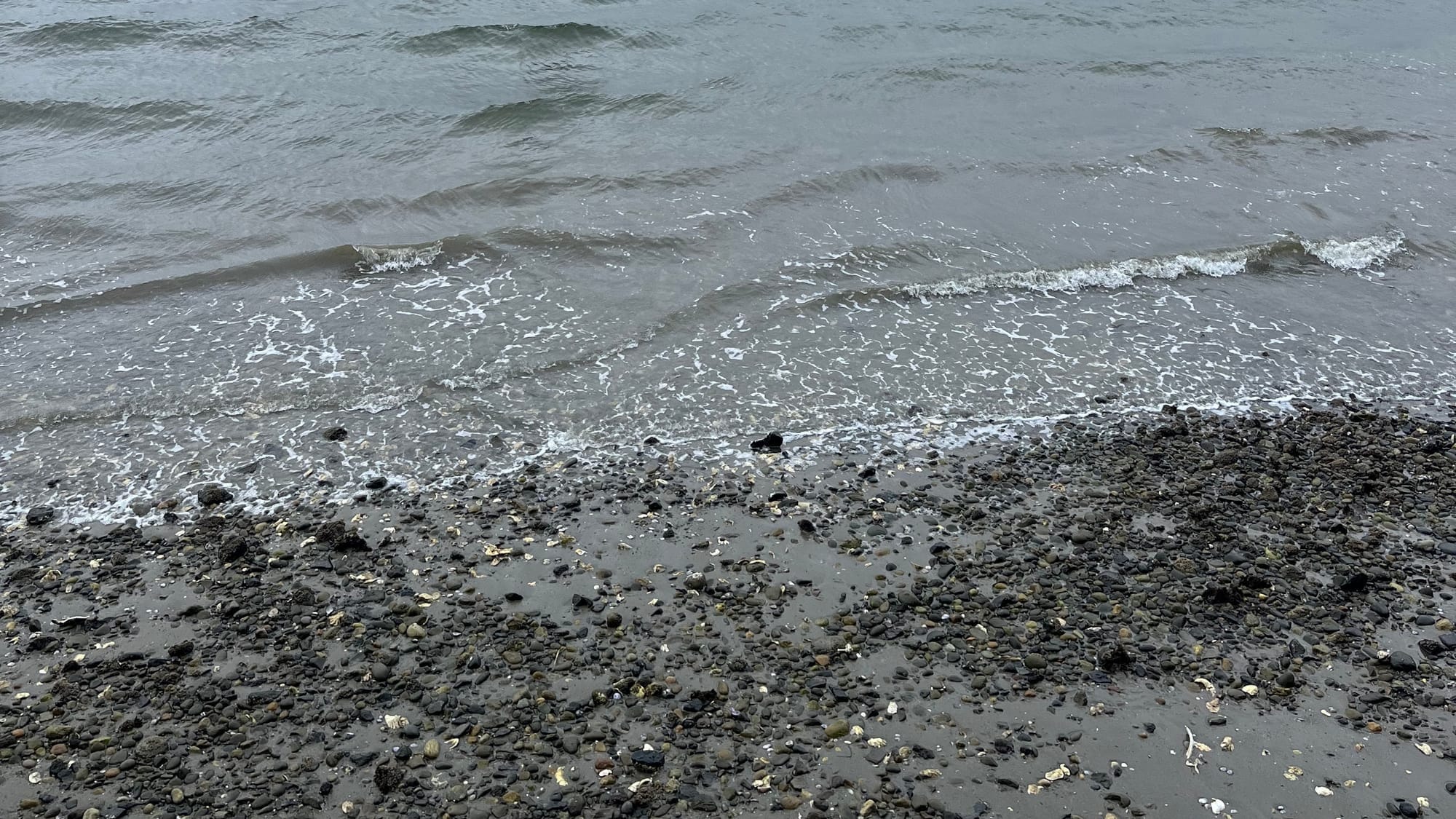
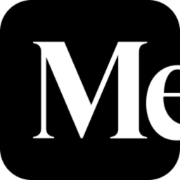
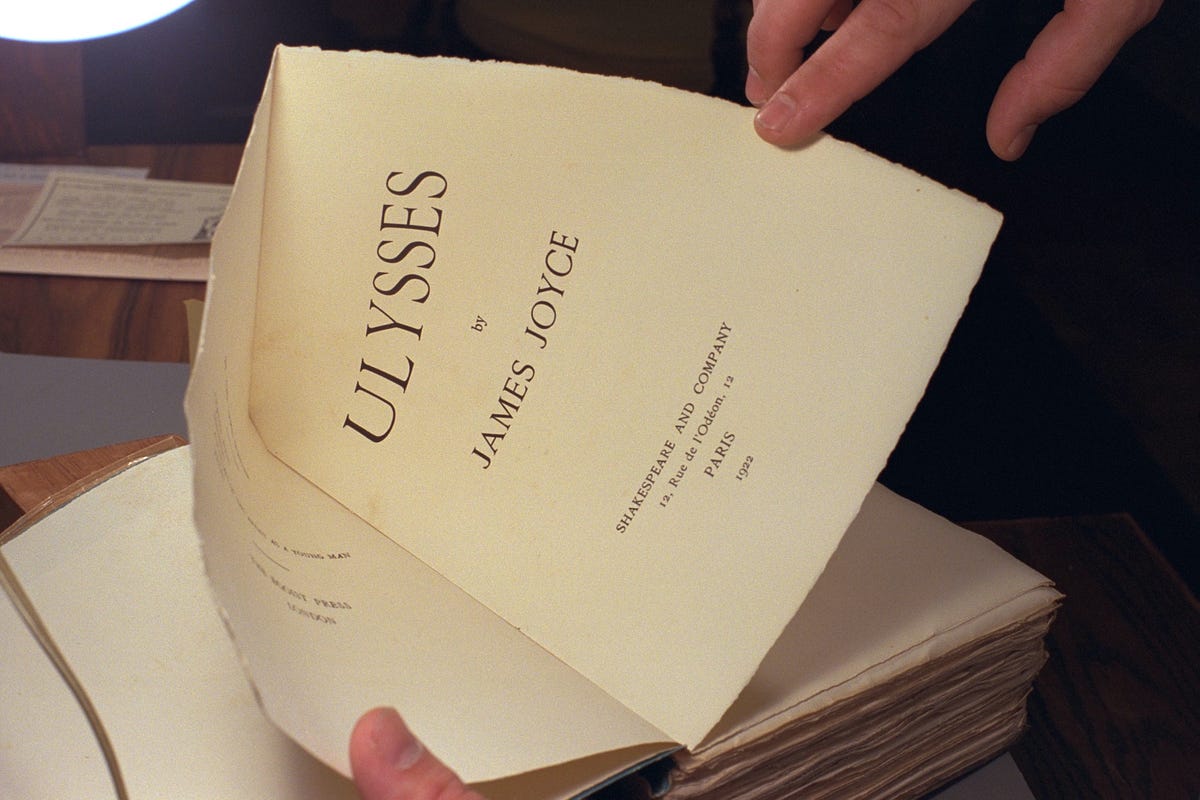
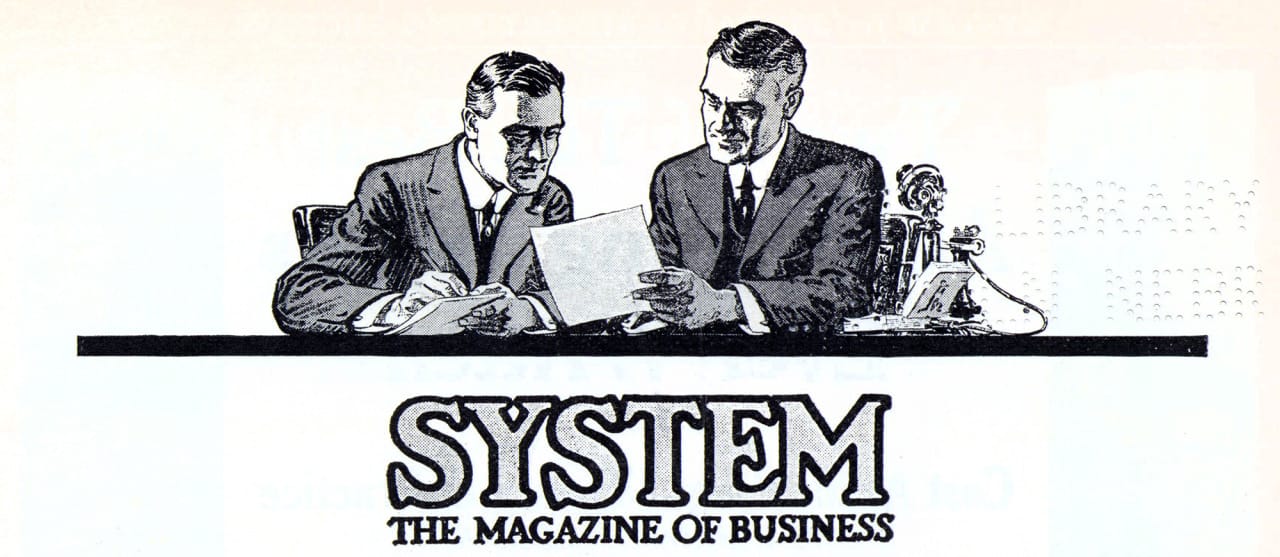
![Dan’s Device: “Now that I see it… [it’s completely wrong.]”](/content/images/2024/08/IMG_6240-1.jpeg)

